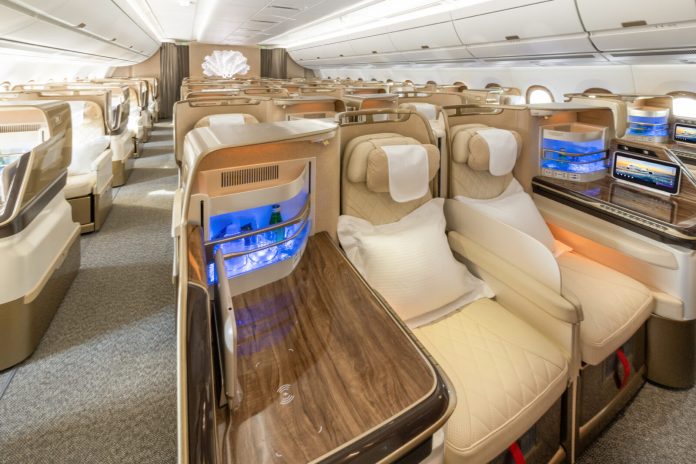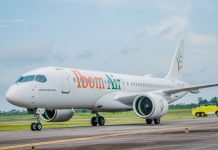Premium air travel is not just recovering, it is reshaping the global aviation market. According to the International Air Transport Association’s (IATA) 2024 World Air Transport Statistics report, the number of passengers flying in business and first class has surged past pre-pandemic levels, marking a decisive shift toward comfort-driven journeys and higher-yield travel.
In 2024, 116.9 million passengers chose premium cabins, representing an 11.8 percent increase from 2023 and outpacing the 11.5 percent growth in economy travel. Premium travelers now make up 6 percent of all international passengers, reflecting the combined influence of a corporate travel revival, higher disposable incomes, and a growing number of leisure flyers willing to pay extra for comfort and convenience.
Europe retained its position as the world’s largest premium market in 2024, with 39.3 million premium passengers, driven by both corporate hubs such as London, Paris, and Frankfurt, and a strong luxury leisure market across the Mediterranean.
The Middle East recorded the highest share of premium travelers globally, with 14.7 percent of all passengers opting for upgraded cabins, boosted by the strategic positioning, premium-heavy fleets, and service reputations of carriers like Emirates, Qatar Airways, and Etihad.
Asia-Pacific posted the fastest growth, with premium travel rising 22.8 percent to reach 21 million passengers, driven by renewed business activity in China, India, Singapore, Hong Kong, and Tokyo. Even though economy travel in the region grew faster at 28.6 percent, the sharp upward curve in premium demand points to strong untapped potential going into 2025.
The surge is evident on the world’s busiest routes. South Korea’s Jeju–Seoul corridor, the busiest in the world, carried 13.2 million passengers in 2024, many of whom flew in premium cabins. The New York–Los Angeles route remains a magnet for North America’s corporate flyers, while Europe’s Barcelona–Palma de Mallorca connection saw 2 million passengers, showing that even short leisure routes are capturing a growing premium market. This trend reflects a significant shift, with premium cabins no longer confined to long-haul journeys but increasingly present in high-frequency short- and medium-haul markets.
Airlines are responding to this growth with strategic fleet adjustments. On shorter routes, fuel-efficient narrowbody aircraft such as Boeing 737s and Airbus A320s are being configured with upgraded premium products, while long-haul routes are seeing more widebody aircraft with expanded business-class sections, private suites, and enhanced in-flight services. With premium fares generating multiple times the revenue of economy tickets, carriers are investing heavily in cabin innovation, dining upgrades, ground services such as priority check-in and exclusive lounges, and seamless transit experiences.
Industry analysts predict that 2025 will bring another year of strong growth in the premium travel segment, fueled by the full restoration of corporate travel budgets, the expansion of affluent leisure travel in emerging markets, and the rollout of new “affordable luxury” products aimed at a broader customer base. Asia-Pacific is expected to remain the fastest-growing market, Europe and the US will continue to anchor global demand, and the Middle East is poised to maintain its dominant share through its global hubs. With 2024 laying a robust foundation, premium air travel is now firmly positioned as one of the key profit drivers of the post-pandemic airline industry, and the momentum shows no signs of slowing as 2025 approaches.
















